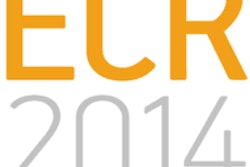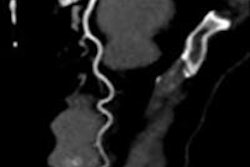Healthcare providers should take the time to help patients understand why radiation-bearing cardiac imaging scans are needed and explain the benefits and risks before scans are performed, according to a new scientific statement from the American Heart Association (AHA) published online September 29 in Circulation.
Technological improvements have made medical imaging a vital tool in diagnosing and treating patients with heart disease, but increasing use of the tests has led to more radiation exposure for patients in the past two decades, said Dr. Reza Fazel, chair of the writing committee. Cardiac imaging procedures account for nearly 40% of the radiation from medical imaging, she said.
Key to appropriate medical imaging is good communication between patients and healthcare providers, according to the statement. Patients should discuss with providers how the radiation-bearing exam will help diagnose the condition, whether nonradiation-bearing alternatives are available, the amount of radiation that will be delivered, and the eventual risk of cancer from the scan.
Clinicians should also consider the diagnostic accuracy of imaging scans, potential risks, availability, cost, and convenience before ordering a study, the authors noted.
Radiation doses are not monitored for medical tests with the exception of mammography. The AHA in 2009 called for their judicious use, offering general recommendations for the tests. This report builds on that advice, offering practical tips for improving radiation safety, according to the writing group.


















